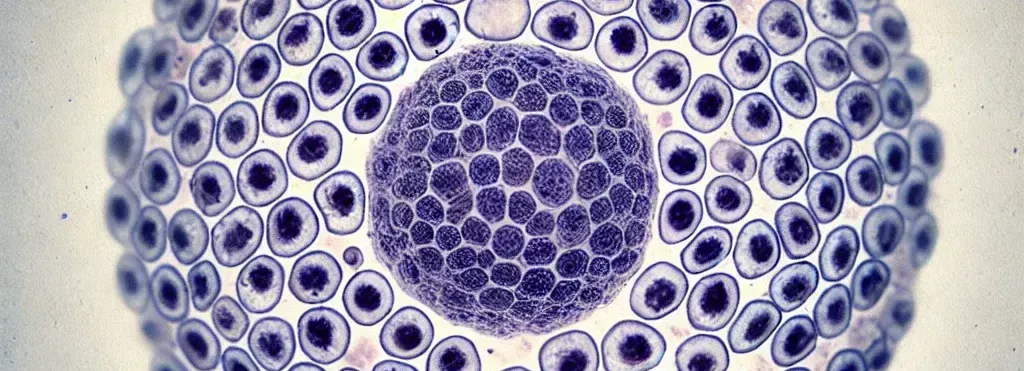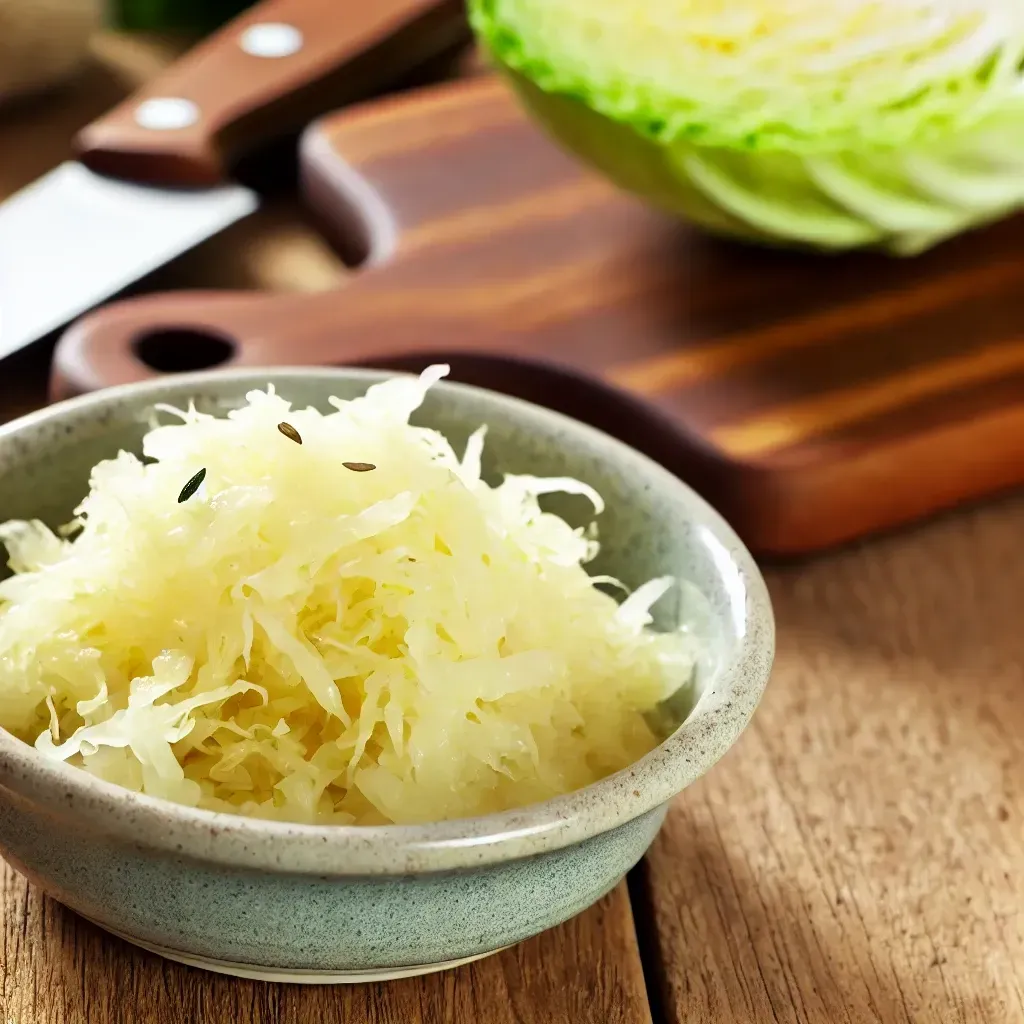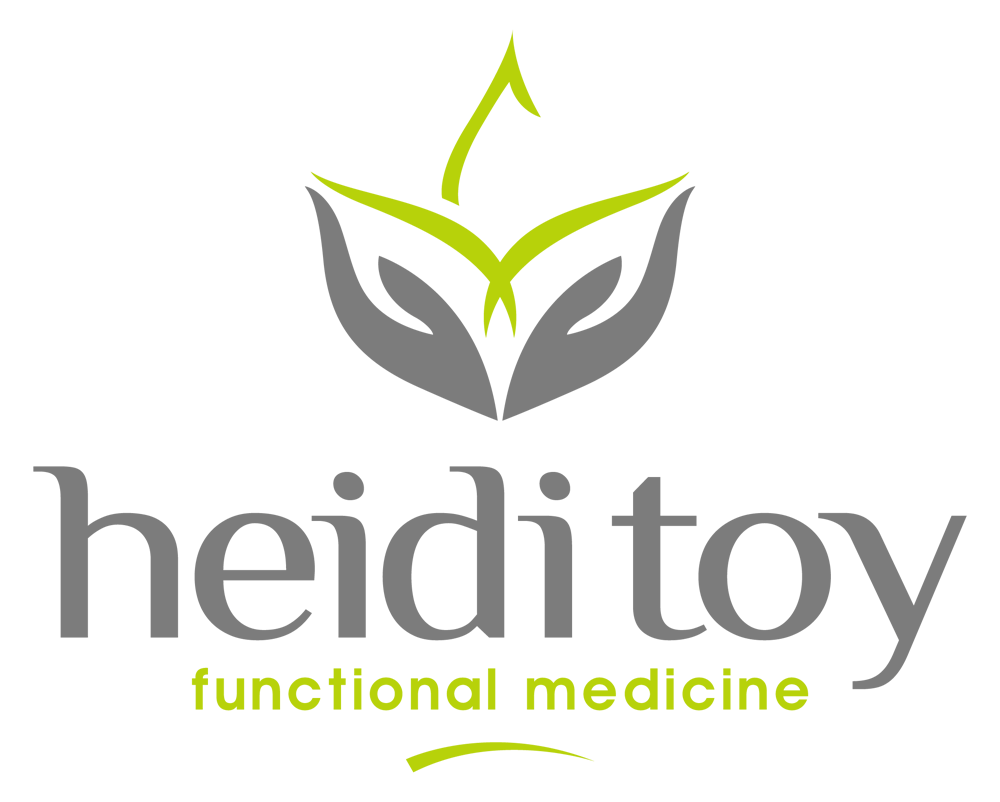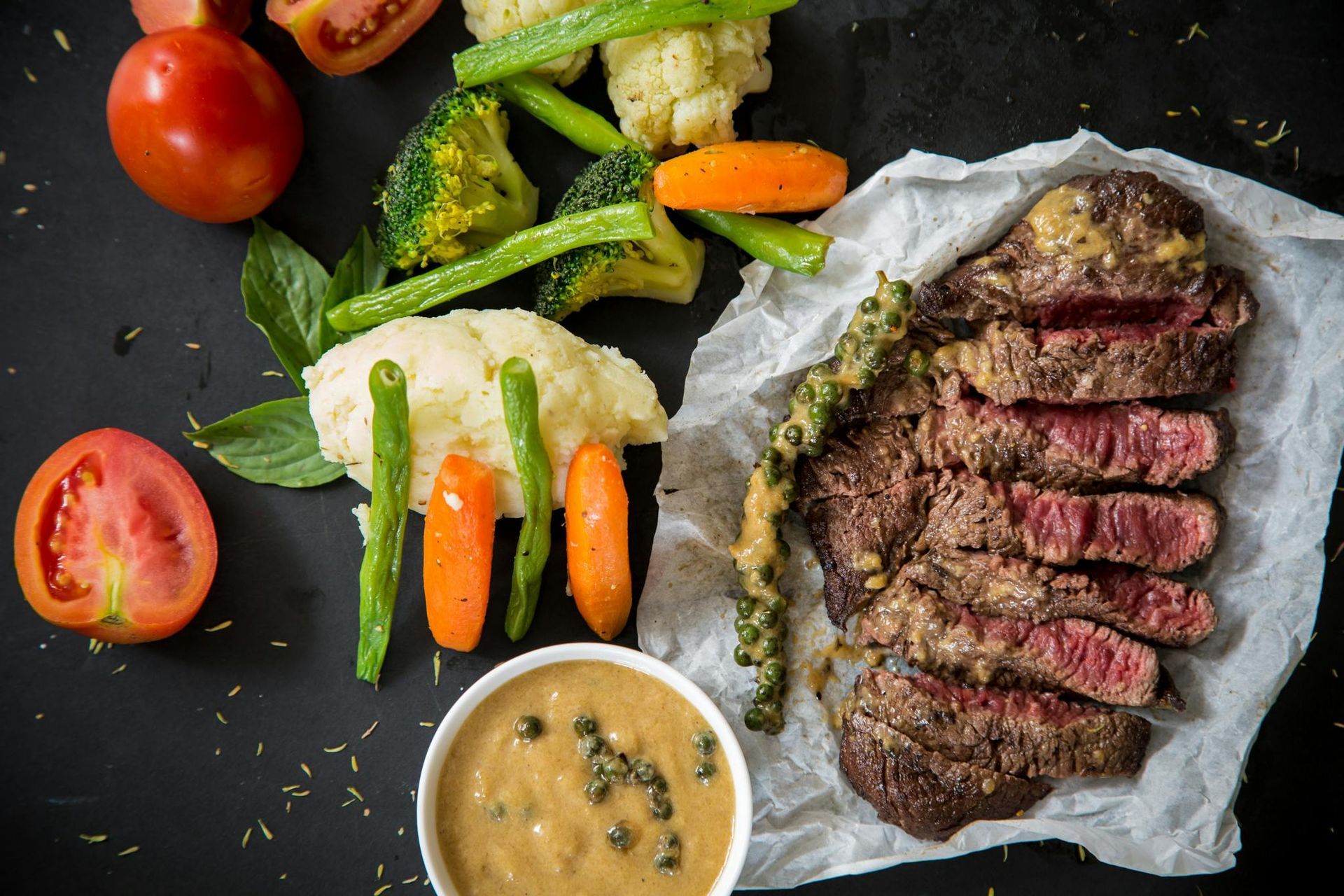Unraveling Histamine Intolerance: A Personal Journey and Insights
Have you ever felt your cheeks flush crimson after a sip of wine?
Or experienced sudden discomfort after a seemingly harmless meal?
Histamine overload, I realized, felt like filling a cup of water—one drip at a time. And when that cup overflows, even a drop can trigger a cascade of reactions. This revelation came to me long before my days as a functional medicine practitioner. Back then, I was clueless about the why's and how's. But now, armed with insight, I've discovered the keys to managing histamine intolerance.
What are Histamines?

Histamine, an integral part of our immune response, acts as a regulator in our gut and as a neurotransmitter in various bodily systems. However, when its levels go awry, it can wreak havoc on our well-being.
Histamine is a biogenic amine that plays a vital role in the body's immune system, regulating physiological function in the gut, and acting as a neurotransmitter. It is stored in mast cells and basophils and is released as part of the body's response to foreign pathogens. In the immune system, histamine contributes to inflammation and helps mediate hypersensitivity reactions, such as allergies, by increasing the permeability of blood vessels, allowing white blood cells to access and attack the invading substance.
Histamine Intolerance:
My journey with histamine intolerance taught me that it's not just about what we eat—it's about how our bodies process it. An overload of histamines, due to slower clearance or imbalance, can lead to a myriad of symptoms that impact both body and mind.
Understanding histamine intolerance involves recognizing the complex relationship between our diet and our body's ability to break down histamine. It isn't merely the consumption of high-histamine foods that causes issues; it's also how efficiently our body can metabolize and clear histamine from our system. When histamine accumulates, either due to excessive intake or impaired breakdown, it can trigger a wide range of symptoms.
Symptoms of High Histamines:
From the subtle itchiness to the debilitating headaches, the symptoms of histamine intolerance mimic those of allergies, making it challenging to discern.
Histamine intolerance manifests through a variety of symptoms that can easily be mistaken for allergic reactions. The subtle itchiness that many experience can escalate to more severe skin issues like hives and rashes, often leading individuals to believe they are having an allergic response to something in their environment. However, the root cause is an overload of histamine in the body, which can be due to dietary intake or an impaired ability to break down histamine.
Debilitating headaches are another common symptom of histamine intolerance. These headaches can be intense and persistent, resembling migraines, and are often accompanied by other symptoms like nasal congestion, watery eyes, and sneezing, further blurring the line between histamine intolerance and typical allergic reactions.
Gastrointestinal issues such as bloating, stomach cramps, and diarrhea are also prevalent among those with histamine intolerance. These symptoms can lead to discomfort and disruption in daily life, making it difficult to identify histamine intolerance without considering the broader pattern of symptoms.
Additionally, respiratory symptoms, including asthma-like conditions and shortness of breath, can occur. These symptoms, combined with cardiovascular issues such as dizziness and irregular heartbeats, create a complex clinical picture that is challenging to diagnose correctly.
In essence, the overlapping nature of histamine intolerance symptoms with those of allergies underscores the difficulty in discerning between the two.
Causes of Histamine Intolerance:
Understanding the root causes of histamine intolerance—be it gut issues, enzyme deficiencies, or dietary triggers—is pivotal in managing this condition effectively.
Recognizing the underlying factors contributing to histamine intolerance is crucial for effective management. Gut issues, such as an imbalance in gut flora or intestinal permeability, can significantly impact the body’s ability to process histamine. A healthy gut is essential for breaking down histamine properly, and any disruption in gut health can lead to an overload of this compound, triggering various symptoms.
Enzyme deficiencies, particularly in diamine oxidase (DAO) and histamine-N-methyltransferase (HNMT), are also key contributors to histamine intolerance. DAO is responsible for degrading histamine in the digestive tract, while HNMT breaks it down in the central nervous system. A deficiency in either of these enzymes can result in the accumulation of histamine, leading to symptoms that mimic allergic reactions.
Dietary triggers play a significant role as well. Certain foods are naturally high in histamine, while others can prompt the release of histamine within the body. Understanding these dietary triggers and managing intake is essential for those dealing with histamine intolerance.
Foods to Pay Attention to For the Histamine Intolerant:
Navigating the minefield of histamine-rich foods requires vigilance and awareness. From fermented delights to everyday staples like cheese and citrus fruits, the list is extensive.
Being aware of histamine-rich foods is crucial for those managing histamine intolerance. Fermented foods, such as sauerkraut, kimchi, and yogurt, are well-known for their high histamine content. These foods, while healthy for many, can trigger adverse reactions in individuals with histamine intolerance.
Everyday staples like cheese, especially aged varieties such as cheddar, blue cheese, and Parmesan, are also significant sources of histamine. These cheeses undergo fermentation and aging processes that increase their histamine levels, making them potential triggers for symptoms.
Citrus fruits, although not high in histamine themselves, can stimulate the release of histamine in the body. Oranges, lemons, limes, and grapefruits are common culprits that can exacerbate histamine intolerance symptoms.
Other foods to be cautious about include certain types of fish, especially those that are canned, smoked, or salted, such as tuna, mackerel, and sardines. These fish have higher histamine levels due to processing methods. Additionally, processed meats like sausages and salami, along with alcohol and vinegar, contribute to the histamine load.
Understanding and managing these dietary triggers involves careful planning and vigilance. It requires reading food labels, being mindful of ingredients, and sometimes avoiding certain foods altogether. For those with histamine intolerance, this awareness and caution are essential in maintaining well-being and preventing uncomfortable symptoms.
Treating Histamine Intolerance Naturally:
My journey towards relief involved a holistic approach—embracing dietary changes, supplementing with digestive enzymes, and exploring natural remedies like forskolin and quercetin.
Achieving relief from histamine intolerance required a comprehensive strategy that addressed various aspects of my lifestyle and health. Dietary changes were a fundamental part of this process. I had to meticulously identify and eliminate high-histamine foods from my diet, opting instead for fresh, low-histamine alternatives. This dietary adjustment was crucial in reducing my overall histamine load and alleviating symptoms.
In addition to dietary modifications, supplementing with digestive enzymes played a significant role in my management plan. Enzymes like diamine oxidase (DAO) helped break down histamine in my digestive tract, preventing it from accumulating and causing discomfort. These supplements provided essential support, especially when I encountered unavoidable histamine-rich foods.
Exploring natural remedies also became a key component of my holistic approach. Forskolin, a plant extract known for its anti-inflammatory properties, helped modulate my body's histamine response. Similarly, quercetin, a natural flavonoid found in many fruits and vegetables, acted as a powerful antioxidant and mast cell stabilizer, reducing the release of histamine and other inflammatory mediators.
By integrating these strategies—dietary changes, enzyme supplementation, and natural remedies—I was able to manage my histamine intolerance more effectively. This holistic approach not only provided symptom relief but also improved my overall well-being, allowing me to navigate my condition with greater confidence and ease.
All in All
Histamine intolerance is not just a professional pursuit for me—it's a journey I've walked myself. By sharing my insights and experiences, I hope to empower others to navigate their own path to relief, armed with knowledge and resilience. Remember, consulting with a healthcare professional, especially one well-versed in functional medicine, can provide invaluable support on this journey.
Don't Miss Out On More!

Heidi Toy FNTP
I help people all over the world heal by identifying and treating the root cause of their body imbalances. Through diet and nutrition, I guide them towards wholeness and balanced lives.
Heidi Toy Functional Medicine Blog














































































































